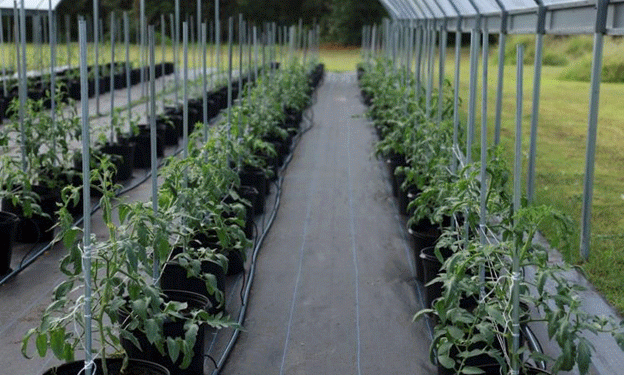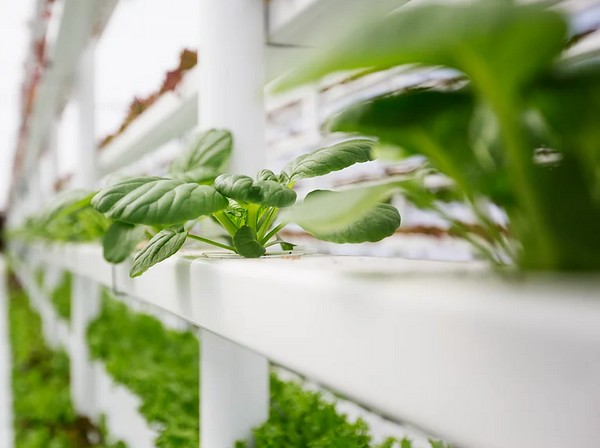Greenhouses are not just transforming agricultural practices; they are also proving to be effective in reducing local temperatures. Researchers using satellite maps have found that the total area covered by greenhouses has now expanded to the size of the U.S. state of Connecticut. According to Xuehua Fan from the Beijing Institute of Atmospheric Physics, this extensive network of greenhouses is approaching the status of an engineering marvel.
The reflective properties of greenhouse roofs, which are typically made from plastic or glass, can cool the surrounding environment by approximately 20 watts per square meter. This reflects enough solar radiation to lower local temperatures, providing a cooling effect that can help prevent the overheating of densely populated urban areas covered predominantly with solid surfaces.
Empirical Evidence of Cooling Effects
One notable example of this cooling effect can be observed in the vast greenhouse regions of Almería, Spain. This area, known for its arid and stony soil, hosts an extensive network of vegetable greenhouses. Measurements over a 23-year period have shown an average temperature reduction of 0.7°C in the region.
The success of the Almería greenhouses, which cover approximately 50,000 hectares, is remarkable. They produce about 3 million tons of vegetables and fruits annually, which are distributed across various European countries. This achievement highlights the dual benefits of greenhouse cultivation: enhancing food production while also contributing to local climate moderation.
Global Expansion and Impact
The growth of greenhouse agriculture is most pronounced in China and the United States, which lead in the expansion of greenhouse areas. However, Europe and Asia, particularly major agricultural countries, are also rapidly increasing their greenhouse infrastructures. Despite some negative impacts associated with greenhouse farming, such as energy use and resource demands, the overall contribution of greenhouses to food security and climate mitigation is significant.
Greenhouses are proving to be a vital tool in both agricultural production and climate control. Their ability to reflect solar radiation and reduce local temperatures represents a promising strategy to counteract some of the adverse effects of global warming. As greenhouse technology continues to evolve and expand, its role in sustaining agricultural output while addressing climate challenges will likely become even more critical.
The integration of greenhouses into agricultural practices not only enhances food security but also supports climate resilience efforts. As we continue to confront the impacts of climate change, greenhouses stand out as a beacon of hope, demonstrating that agricultural innovation can play a crucial role in environmental sustainability.











